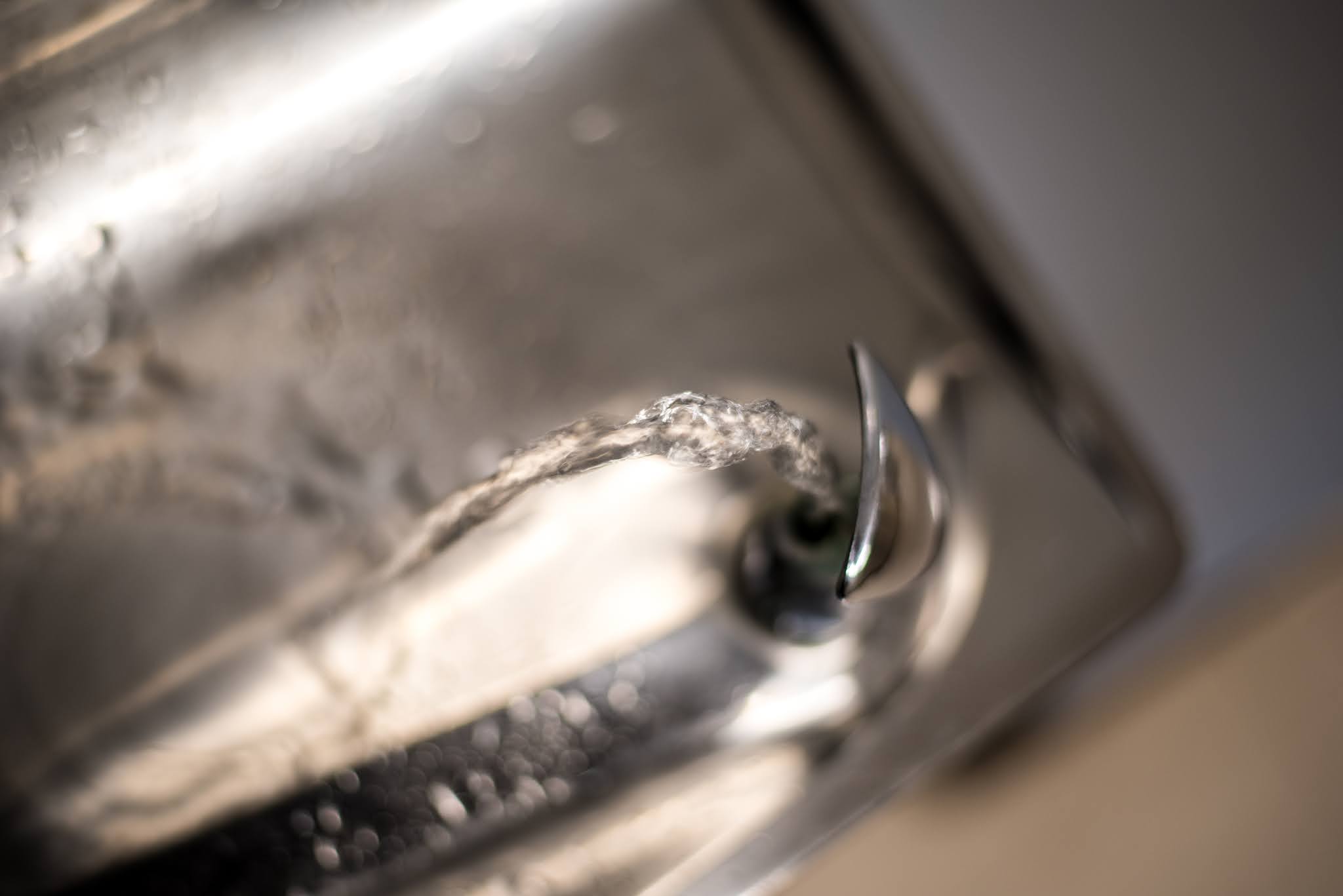
Do not use water from the hot water tap for drinking or food preparation because it can have elevated levels of lead.

Powdered infant formula should be prepared with bottled water or filtered water, as described here, to avoid lead exposure. In addition to drinking as plain water, you can be exposed by using the water to prepare other beverages, cooking food, or rinsing after brushing teeth.¹ Some children may swallow lead in water in the bathtub, during showers, or even by drinking from the garden hose because these plumbing materials may have higher lead content as described here. Swallowing lead-contaminated water is the major concern for exposure if lead is in the drinking water. However, corrosion control does not eliminate all of the risk of exposure to lead in drinking water. Corrosion increases significantly if the water is too acidic (low pH) and has low amounts of minerals.¹ Other factors that affect water corrosiveness include water temperature, the condition of the pipes, and the amount of time water resides in the pipes.¹ Effective corrosion control by the water supplier limits corrosion in pipes and can reduce lead release into drinking water, as discussed here. In addition, galvanized service lines and plumbing can increase the risk of lead leaching into drinking water, as described here.Ĭorrosion is a chemical reaction that allows lead to move from the pipes into the water, either dissolved or as small particles. Specific examples of household plumbing sources of lead in tap water are described here. Water pipes, plumbing fixtures and plumbing materials that contain lead can release lead into tap water.

Lead can be present in drinking water where there is lead in plumbing or in the water service line.
#LEAD AND COPPER RULE REVISIONS SKIN#
Because skin does not absorb to any great extent the lead that leaches from plumbing into water, skin contact while showering, bathing, laundering, or washing dishes is considered safe.¹ ,² Exposure to water vapor from laundry, showering, etc.is also not a concern for lead from plumbing because the water-soluble lead does not easily evaporate from water into the air.² Additional information about steps consumers can take to reduce their risk of exposure to lead in drinking water can be found here and here. Powdered infant formula should be prepared with bottled water or filtered water, as described here. The major concern for exposure is swallowing lead-contaminated water, whether as drinking water, other beverages prepared with water, food cooked with water, or rinsing after brushing teeth. This means that lead could be present in drinking water in property that has lead sources in household plumbing or in the water service line that connects the water main in the street to the property.

Lead can move into tap water from water pipes and plumbing materials that contain lead, especially if the water supply is not properly managed to control for corrosion, as discussed here. How can I be exposed to lead in drinking water?


 0 kommentar(er)
0 kommentar(er)
